
This year’s Olympics are now in full swing and it’s all eyes on the athletes.
From archery and shooting to athletics and gymnastics, there’s all kind of sports taking place across Paris, France, at the moment.
One fan-favorite sport to watch is the swimming, and this year there’s a whopping 854 athletes from 187 different countries competing.
But there’s a common theme you might have spotted with some of the swimmers and that’s the unusual dark red circles they have on their backs.
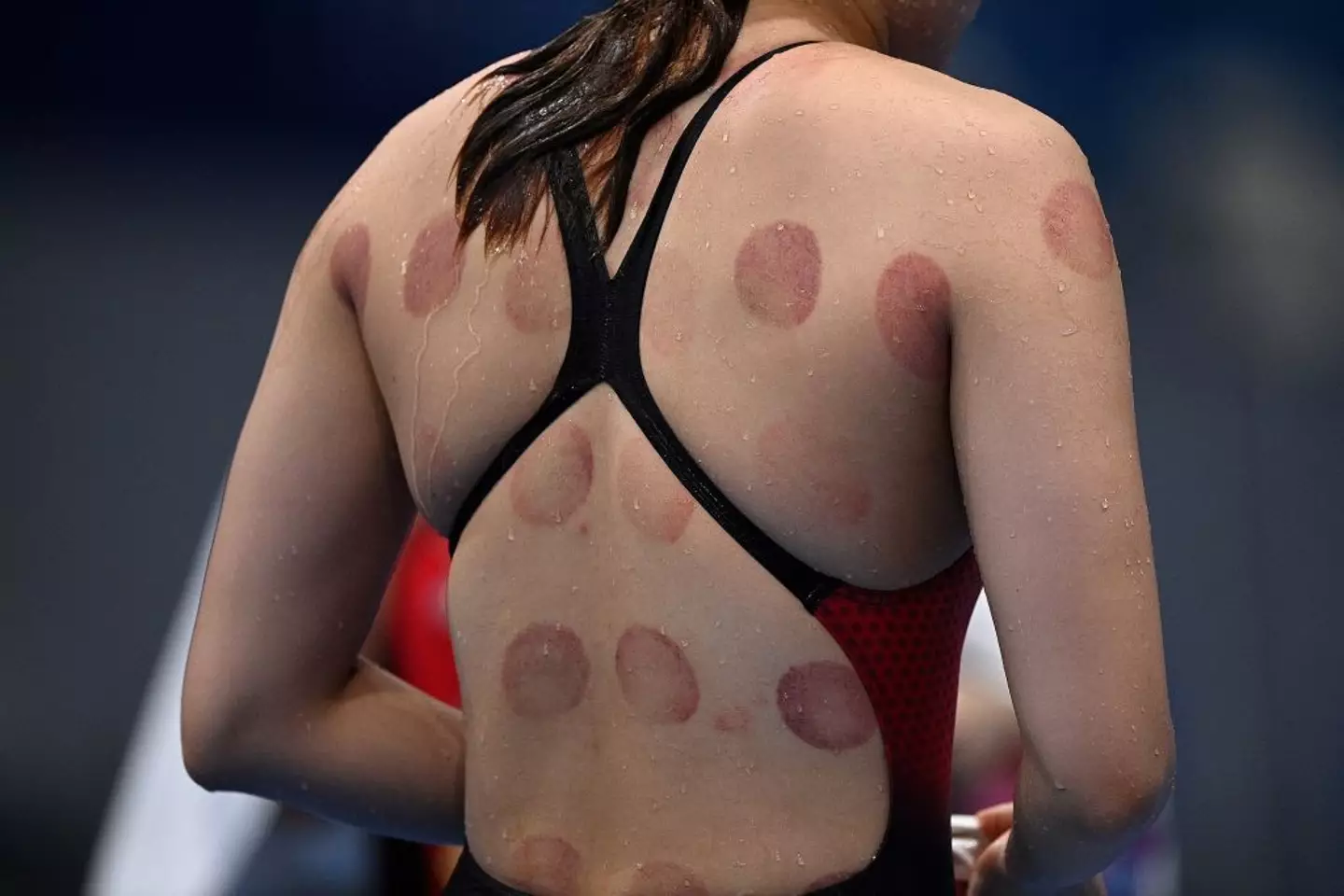
While it might look like they’ve had a fight with an octopus and lost, there’s a very different reason for the odd markings.
It turns out that the large spots are from cupping therapy – an ancient healing technique that involves placing cups on the skin to create suction and increase blood flow to the area.
The unconventional method is supposed to help with muscle recovery and is used as a type of deep tissue massage.
Some athletes were spotted with cupping therapy bruises back at the Rio Olympics in 2016, and it’s still seemingly popular now.
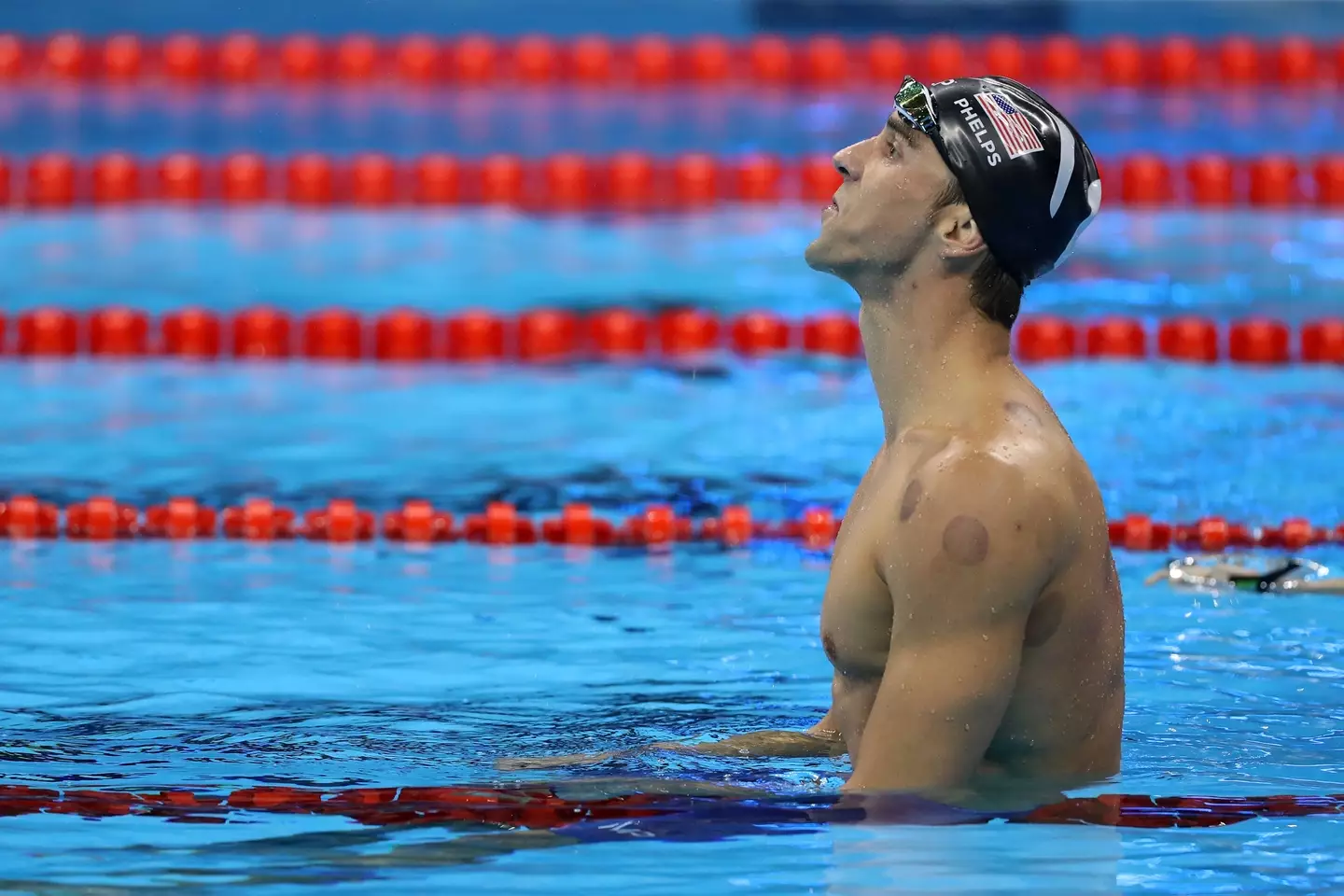
Gymnast Alexander Naddour told USA Today back in 2016 that cupping was supposedly the ‘secret’ to his health.
He added: “It’s been better than any money I’ve spent on anything else.”
Away from the Games, basketball player Kyle Singler has also praised cupping therapy.
“The bruises do look more intense than what they actually feel like, but the benefit from it is really great,” he previously insisted.
Singler continued to tell Sports Illustrated: “You’re not necessarily getting the immediate response that you might want but over time it does help with recovery and loosening tissue and stuff like that.”
But does cupping therapy actually work according to experts? It’s seems as if the jury’s still out.
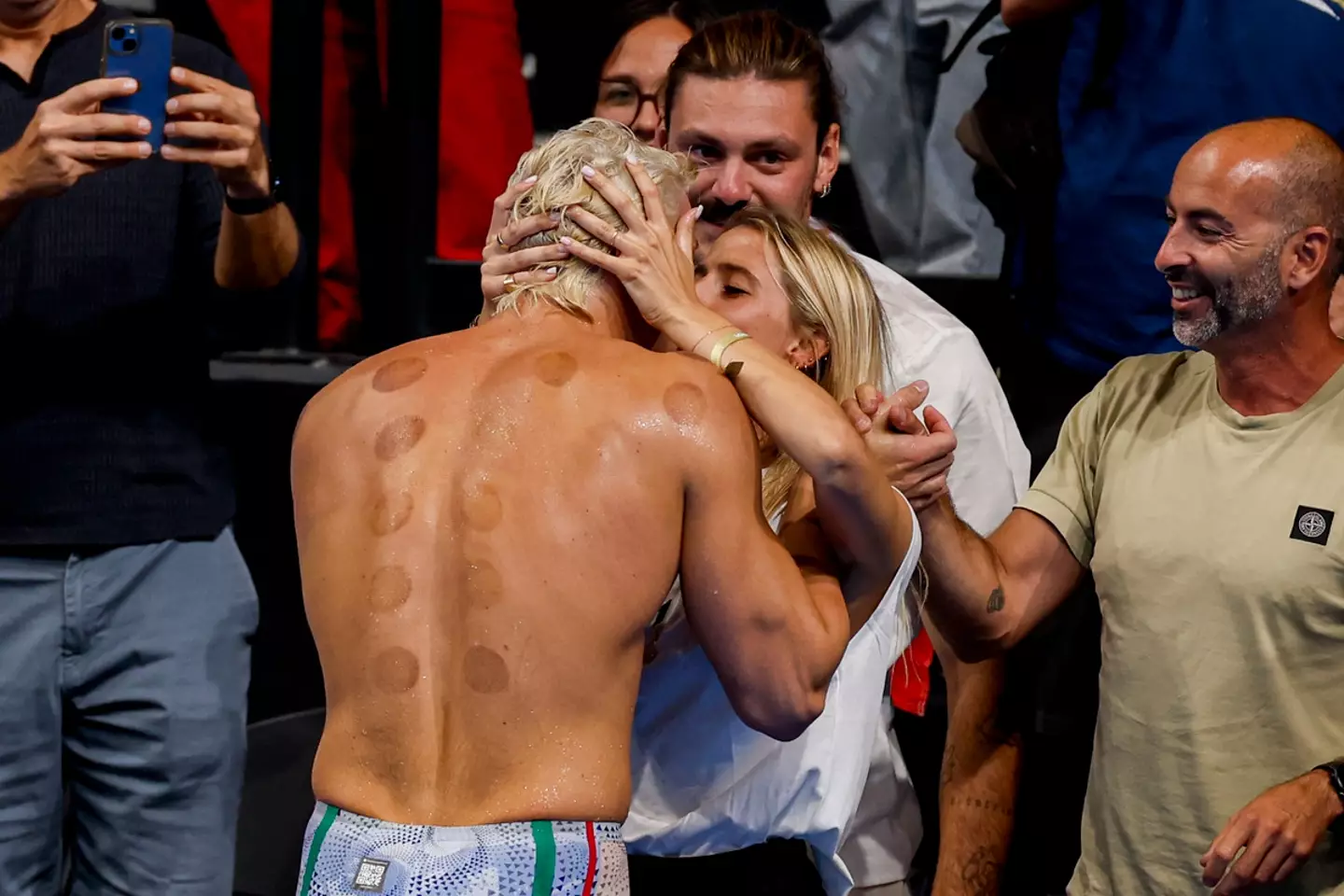
According to Harvard Health, some studies have found that cupping might provide some relief for a number of musculoskeletal and sports-related conditions. The quality of this evidence was ‘limited’, however.
Elsewhere a 2022 review found that wet (as opposed to dry cupping) was effective for lower back pain.
While the bruises people get from cupping are pretty gnarly, the therapy is generally seen as safe to practice – even if people aren’t 100 percent on how affective it is.
“Most experts agree that cupping is safe. As long as those treated don’t mind the circular discolorations (which fade over a number of days or weeks), side effects tend to be limited to the pinch experienced during skin suction,” Harvard Health explains.
“It’s quite unusual that cupping causes any serious problems (though, rarely, skin infections have been reported).”
There you have it, folks.
Dan Haggerty, Who Played Grizzly Adams

In the 1974 film “The Life and Times of Grizzly Adams” and the NBC television series of the same name, Dan Haggerty portrayed a kind mountain man with a lush beard and a bear named Ben. Haggerty passed away on Friday in Burbank, California.
He was seventy-three.
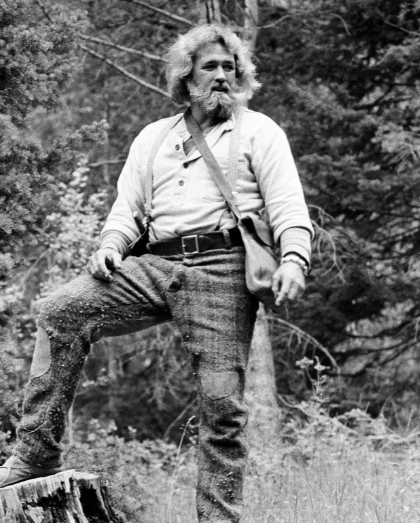
According to his buddy and manager Terry Bomar, the cause was spine cancer.
Mr. Haggerty was employed in Hollywood as an animal trainer and stuntman when a producer asked him to reprise portions of the film’s opening sequences, which were about a woodsman and his bear.
Based on Charles Sellier Jr.’s novel “The Life and Times of Grizzly Adams,” it narrated the tale of a man from California who runs away from the woods after being wrongfully convicted of murder. There, he befriends the local wildlife and tames an abandoned bear.
Mr. Haggerty consented, provided that he may do the full film. After being remade for $165,000, the movie finally brought in close to $30 million from ticket sales. After that, it was made into a television series, and in February 1977, Mr. Haggerty returned to his environmentally conscious duty as the forest’s defender and animal buddy.
John Leonard described the first episode in The New York Times as “lukewarm to the heart.” Mad Jack (Denver Pyle) and the honorable red man Makuma (Don Shanks) bring bread and advise to the man and bear who have taken up residence in a log cabin. Bear washes his fur while the man traps his as they depart the cabin. There’s also a lot of connecting with nature, raccoons, owls, deer, bunnies, hawks, badgers, cougars, and a lump in the throat.
Warm and nostalgic, the show won over fans to Mr. Haggerty, who went on to win the 1978 People’s Choice Award for best new series actor. “Grizzly Adams” gave rise to two sequels: “Legend of the Wild,” which aired in 1978 and was eventually released in theaters in 1981; and “The Capture of Grizzly Adams,” which aired as a TV movie in 1982 and saw Adams being brought back to his hometown by bounty hunters in order to clear his record.
On November 19, 1942, Daniel Francis Haggerty was born in Los Angeles. After his parents divorced when he was three years old, he had a difficult upbringing and repeatedly escaped from military school. Eventually, he moved in with his actor father in Burbank, California.
He wed Diane Rooker at the age of 17. The union broke down in divorce. In 2008, he lost his second wife, Samantha Hilton, in a motorbike accident. His children, Don, Megan, Tracy, Dylan, and Cody, survive him.
In his debut movie, “Muscle Beach Party” (1964), he starred with Frankie Avalon and Annette Funicello as physique builder Biff. Then came came cameos in nature and motorcycle movies, such as “Biker With Bandana” and “Bearded Biker.” In “Easy Rider,” he made a fleeting appearance as a visitor to the hippie commune visited by Dennis Hopper and Peter Fonda.
In reality, Mr. Haggerty kept a variety of wild animals that he had either tamed from birth or rescued from harm on his tiny ranch in Malibu Canyon. His abilities brought him work as a stuntman and animal trainer on the television shows “Daktari” and “Tarzan,” in addition to sporadic roles in movies. “People magazine didn’t like actors jumping on them,” he said in 1978.
He acted as a Siberian tiger trapper in “Where the North Wind Blows” (1974), one of his outdoor-themed flicks, and in “The Adventures of Frontier Fremont” (1976). In the David Carradine movie “Americana,” he had an appearance as a dog trainer (1983). He portrayed a figure who was strikingly similar to Grizzly Adams in the movies “Grizzly Mountain” (1997) and “Escape to Grizzly Mountain” (2000).
As his career faded, Mr. Haggerty starred in horror movies such as “Axe Giant: The Wrath of Paul Bunyan” (2013), “Terror Night” (1987), and “Elves” (1989), in which he played an inebriated mall Santa. He was given a 90-day jail sentence in 1985 for supplying cocaine to two police agents who were undercover.
A negligent diner carrying a flaming cocktail ignited Mr. Haggerty’s well-known beard in 1977. He attempted to put out the fire, but instead burned his arms in the third degree. He was sent to a hospital where he would have therapy that would likely take a month.
“For the first few days, I was like a wounded wolf trying to heal myself—I just laid in the dark room drinking water,” he said to People. “Nurses urged me to open the curtains and attempted to give me morphine.” But occasionally, animals have better medical knowledge than humans. After ten days, he left the hospital on foot.

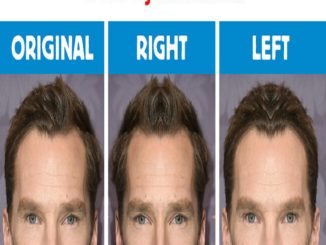

Leave a Reply